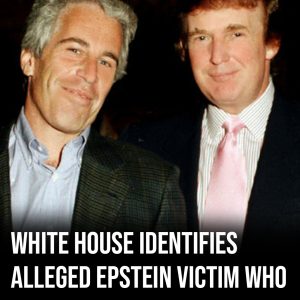Recent satellite images indicate renewed activity at Iran’s Fordow nuclear facility, casting doubt on claims about the damage inflicted by U.S. airstrikes on June 21. Maxar Technologies captured signs of construction, including a new access road, cranes, and vehicles at the underground uranium enrichment site. Experts suggest this work may involve repairing craters, damage assessment, and radiological sampling.
These observations challenge President Donald Trump’s assertion that the strike had “totally obliterated” Fordow. Trump stated at a NATO meeting that Israeli agents had confirmed the site’s destruction and that Iran had no chance to move nuclear materials beforehand. He warned that further U.S. action would follow if enrichment activities resumed.
Trump went further, likening the bombings at Fordow and Natanz to the atomic attacks on Hiroshima and Nagasaki, claiming they had similarly decisive effects. However, intelligence assessments suggest otherwise. Early analysis indicated the damage might only delay Iran’s nuclear program by a few months.
A leaked Defense Intelligence Agency report, though labeled “low confidence,” supported this view. The leak has prompted investigations by the FBI and Pentagon, with potential criminal charges under consideration.
CIA Director John Ratcliffe asserted that key Iranian nuclear infrastructure had been destroyed and would take years to rebuild. In contrast, Vice President J.D. Vance acknowledged uncertainty regarding the location of Iran’s 400kg stockpile of 60% enriched uranium—a concern also noted in International Atomic Energy Agency reports, which Trump dismissed.
On diplomatic prospects, Trump said a U.S.-Iran meeting might take place soon, emphasizing that an agreement is possible but not guaranteed. He expressed skepticism about lasting peace between Israel and Iran, noting both sides are “tired” but that conflict could resume.
This situation underscores the complexity of verifying damage to nuclear sites and the ongoing tensions surrounding Iran’s nuclear ambitions. The mixed messages from U.S. officials highlight uncertainties in intelligence and diplomatic strategy.
As the situation develops, both domestic and international observers will watch closely for signs of renewed nuclear activity or diplomatic breakthroughs.




